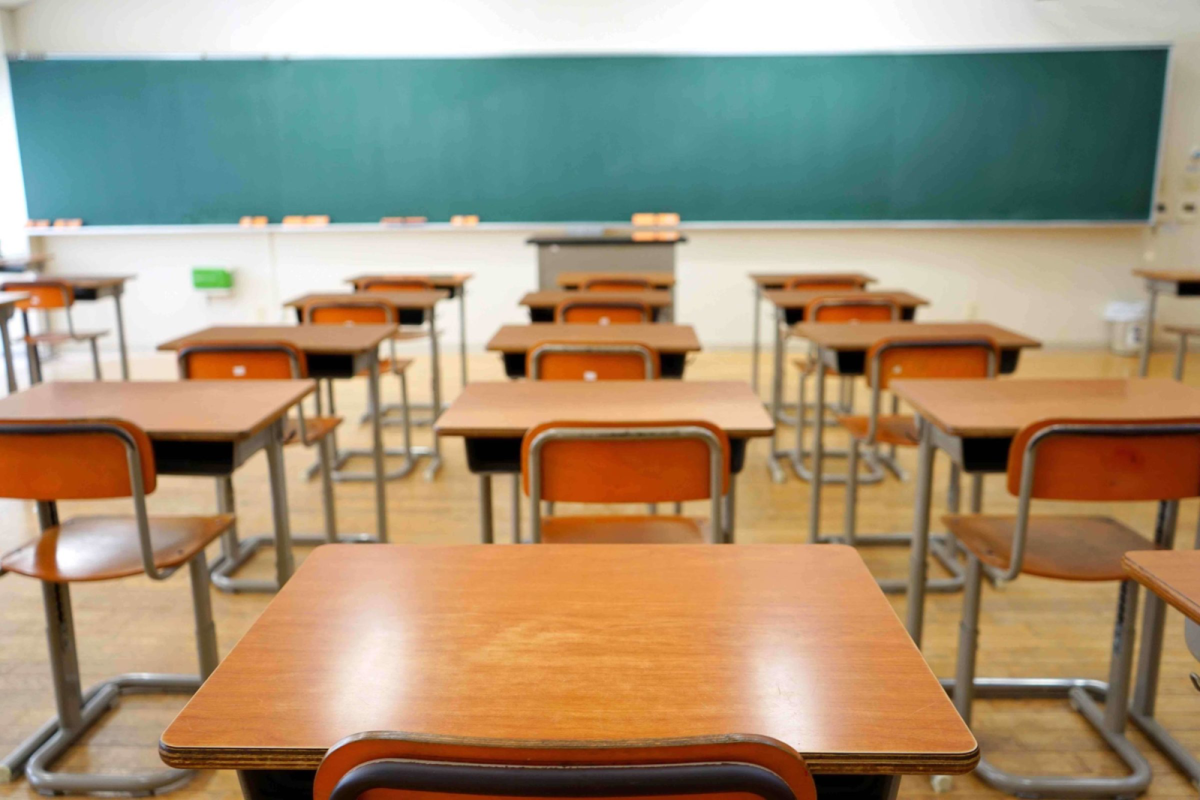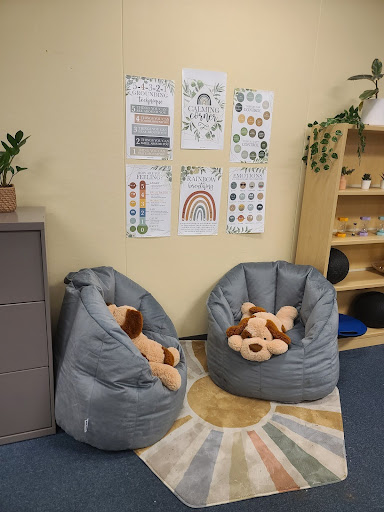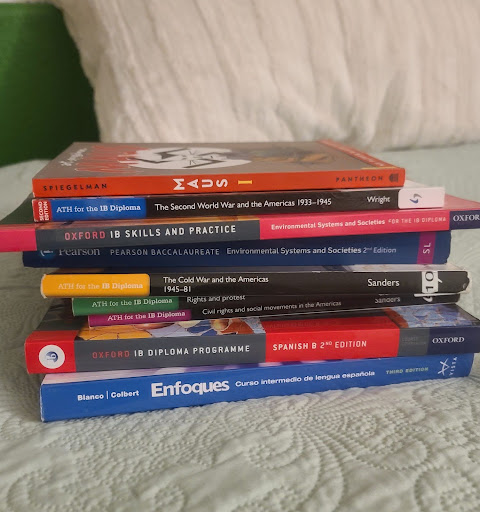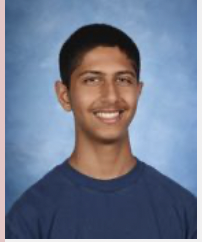Information and research about rare conditions is often limited – and this makes it more difficult not only for researchers, but for schools to translate findings into effective policy to support individuals with disabilities.
An example is Angelman Syndrome, a rare neurodevelopmental condition affecting approximately 12,000 to 20,000 people in the U.S. general population. Angelman syndrome is caused by a genetic mutation at a specific location on a chromosome. Individuals with Angelman syndrome are generally seen smiling, yet during these times might not be happy at all.
One result is that the malady can create mixed perceptions of childhood development. And in part because of these mixed perceptions, Angelman syndrome can be difficult to notice and diagnose in a child’s early years.
Students with rare conditions such as Angelman syndrome need more direct support at school, teachers say.
Marisa Bender, a special education teacher at Mira Loma High School, had a student with Angelman syndrome. She said communication concerns arose when teachers and staff did not have adequate resources such as training with a communication device to support such students.
“In my opinion, students who are non-speaking or who have limited expressive language should have much more intensive services for communication skills,” Bender said.
Another issue for students and families, Bender said, is the emotional distance they often experience in their lives.
“It creates a lot of anxiety for parents and families to have a student with limited expressive language at a comprehensive high school,” she said. “Sometimes the parents don’t realize right away that we will assist the student with the entirety of the school day and they will never be without adult support. They fear that the student will be mistreated and not be able to report what happened.”
Bender described one of her experiences in support of individuals with Angelman syndrome.
“The Angelman Syndrome Foundation hosts a walk every year in multiple cities across the country. Sacramento has hosted the walk for the Northern California area. The walk is a fundraiser, but also a time to show support for our “Angels” and their families. It felt amazing to be in a place where everyone understands people with disabilities and looks out for each other and families.”
Allyson Berent, chief science officer for the Foundation for Angelman Syndrome Therapeutics (FAST), has a daughter, Quincy, who lives with Angelman syndrome.
“She really reminds us of what life is all about … what is easy for us and we can’t take for granted,” Berent said.
Berent is helping to advance drug development for Angelman syndrome. She said the thinking that goes into the research process is all about trying to come up with solutions.
“We always have this motto … that things are either possible or impossible and there’s no in between – we have to solve problems that other people say are not solvable,” Berent said.
This positive problem-solving mindset is shared by others doing work on Angelman syndrome.
“There is a lot of excitement for novel treatment strategies in the field of neurodevelopmental disorders,” said Julian Halmai, a postdoctoral research scholar at the UC Davis Institute for Regenerative Cures. “We now have gene therapies approved that can make it possible to live full lives with some of these very severe conditions.”
Halmai said there are reasons to be optimistic about the current research on Angelman syndrome and other rare conditions.
“From a science perspective, that creates a lot of opportunity and optimism to be part of that paradigm shifting translational research,” Halmai said. “I find it incredibly rewarding to be able to directly interact with the patient community and communicate our research findings to families and caregivers.”









